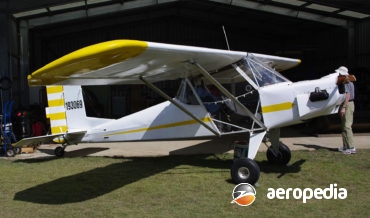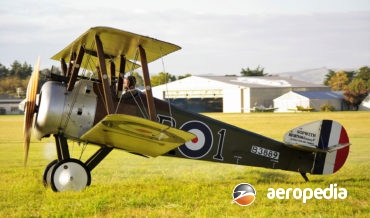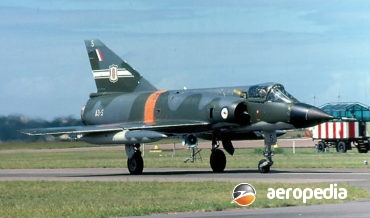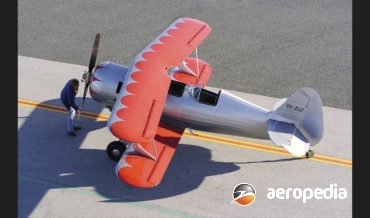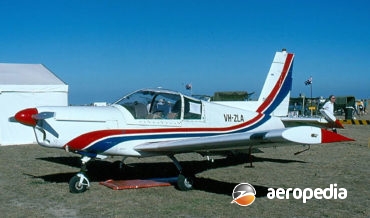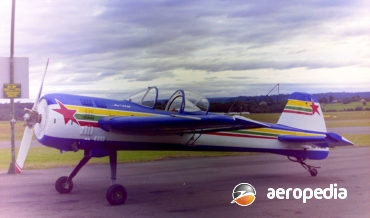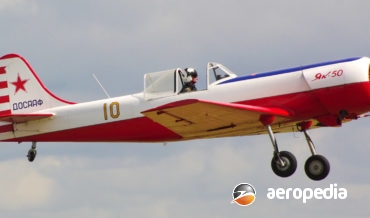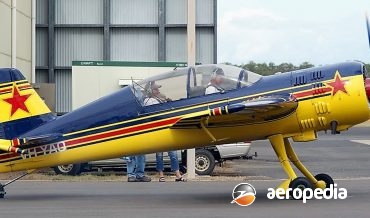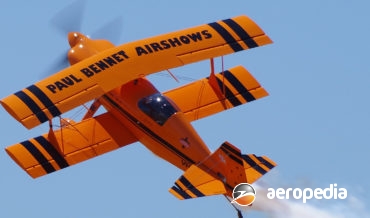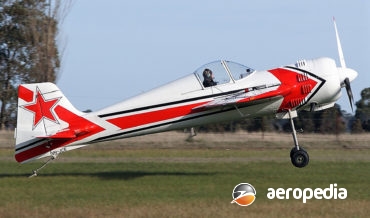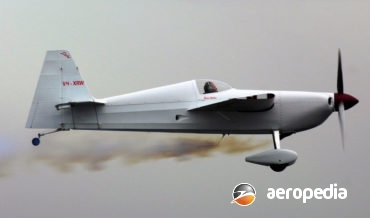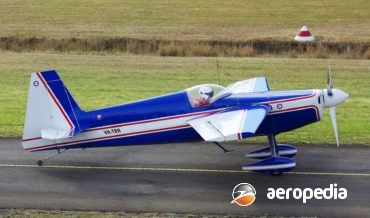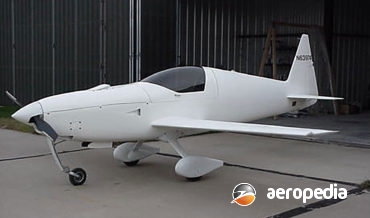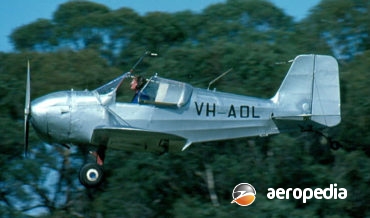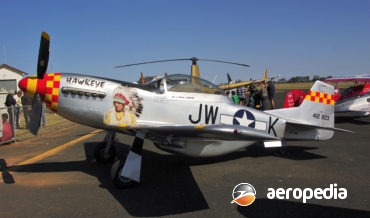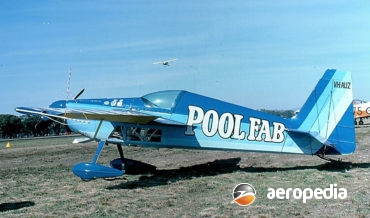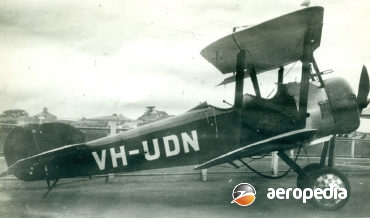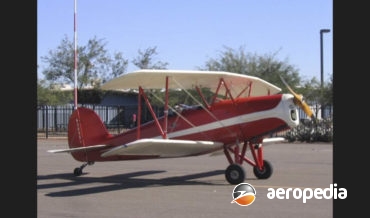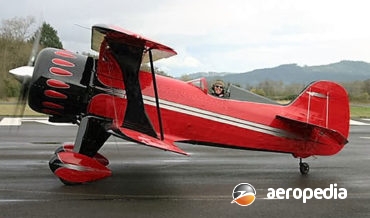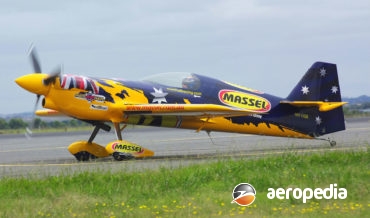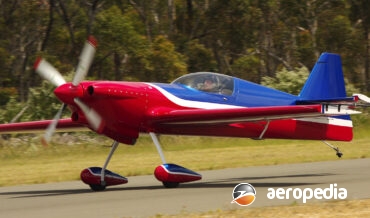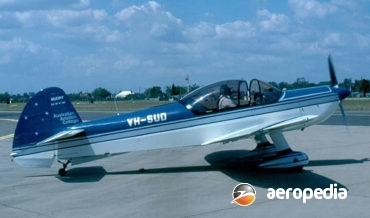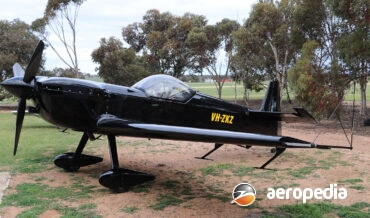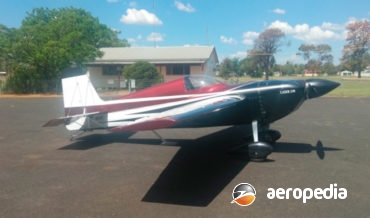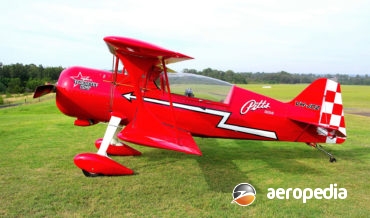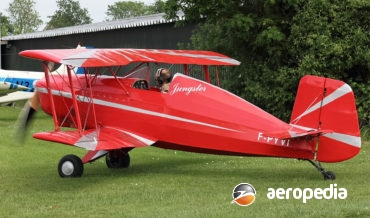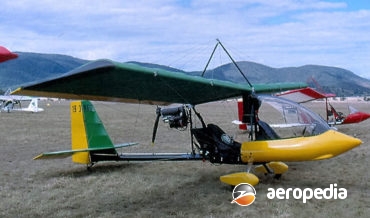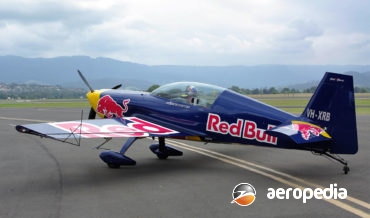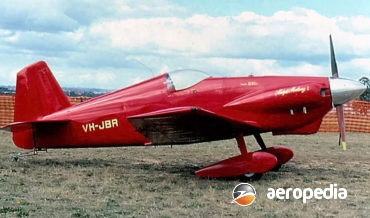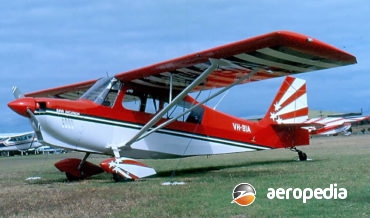All Contents
Contents
The P R Breeze is a single-seat variant of the PR-582 Pocket Rocket using the basic Lightwing fuselage, but fitting it with a single parasol configuration wing and installing a range of Rotax engines, including the Models 582, 503 or 618 two strokes, or the Rotax 912 four-stroke.
David C. Eyre
- August 24, 2019
One of the most successful and popular single-seat fighter scouts of World War I, the Camel was an ideal vehicle for those pilots who mastered its potent peculiarities, being ideal for aerobatics and dog fighting;but it was also a vicious machine, in fact a potential deathtrap to those who did
David C. Eyre
- May 19, 2019
The Mirage III emanated from Dassault’s Mirage I, which was powered by two 1,640 lbst Armstrong Siddeley Viper turbojets with provision for a rocket motor in the rear fuselage.
David C. Eyre
- May 19, 2019
After working with the Royal Aircraft Factory for a period, in 1914 Geoffrey de Havilland moved to the Aircraft Manufacturing Co Ltd (AIRCO) and commenced to design aircraft
David C. Eyre
- May 19, 2019
The Culp Special was designed by Mr Steven Culp of Culp Specialities of Shreveport, Louisiana and is a development he made to the basic design of the Steen Skybolt to increase its aerobatic performance.
David C. Eyre
- May 17, 2019
The Eagle is a high-performance biplane produced in kit form by Christen Industries Inc of Afton in Wyoming, USA. Designed for advanced aerobatic training and comfortable cross-country flying, it is also able to meet the requirements of competition standard aerobatics, having a maximum roll rate of 204 degrees per second,
David C. Eyre
- May 17, 2019
The design of the basic Trener series was influenced by the Bucker Bu-181 Bestmann which was built under licence by the Moravan facility at Otrokovice after World War II.
David C. Eyre
- May 8, 2019
The Z-142 is an all-metal two-seat training aircraft with full aerobatic capability manufactured by Moravan Inc at Otrokovice in the Czech Republic, being developed from the Z-42.
David C. Eyre
- May 8, 2019
Zlin began building gliders and small aircraft in 1934 but during World War II built Klemm 35B and Bucker Bestmann military trainers for the Luftwaffe.
David C. Eyre
- May 8, 2019
The Yak-55 series was an all-metal cantilever monoplane designed for high performance aerobatics and was first seen at Spitzberg, Austria in 1982 at the World Aerobatic Championships when flown by Yakovlev Bureau test pilot Michael Molchaniuk.
David C. Eyre
- May 8, 2019
In 1937 Alexander Sergeivich Yakovlev designed the Ya-10, an open cockpit two-seat training aircraft with a 90-kw (120-hp) Renault engine.
David C. Eyre
- May 8, 2019
The Yak 54 series of fully aerobatic light aircraft was announced in 1992, the prototype flying for the first time on 23 December 1993.
David C. Eyre
- May 8, 2019
The Wolfpitts PRO is a highly refined variant of the Pitts S1S series of single-seat high-performance aerobatic biplane.
David C. Eyre
- May 8, 2019
The 2-T-1 light sports trainer biplane was introduced to the aviation market in 1929 by the Great Lakes Aircraft Corp of Cleveland Ohio, the prototype flying during that year.
David C. Eyre
- May 8, 2019
The SP-55M is a redesign and developed variant of the Yakovlev Yak-55 and has been built and marketed by Technoavia in Moscow and, like its predecessor, has been a popular aircraft around the world for competition in Unlimited Category competitions.
David C. Eyre
- May 8, 2019
The Sabre was a one-off unlimited-category aerobatic aircraft designed in the United States by Daniel Rihn.
David C. Eyre
- May 8, 2019
The Rebel 300 is the predecessor of the American-built Lazer Z-300 aerobatic aircraft, being a single-seater designed for high-performance unlimited aerobatics competition.
David C. Eyre
- May 8, 2019
Designed by Nick Jones, the Lightning Bug was a follow-up to the high performance four-seat aircraft by the same designer, the White Lightning, but was entirely different in being a single-seat high performance monoplane for aerobatic work.
David C. Eyre
- May 8, 2019
The prototype of the Playboy, the SA-3A, was designed by the well-known American light aircraft designer, Ray Stits.
David C. Eyre
- May 8, 2019
The Stewart S-51D is a 70-percent scale replica of the North American P-51D Mustang fighter aircraft of World War II and was introduced to the market in 1994 as a fully-aerobatic, high performance, accurate reproduction of the P-51D Mustang.
David C. Eyre
- May 8, 2019
The Starfire Firebolt, a two-seat high-performance aerobatic biplane, also known as the Starfire Firebolt Convertible [convertible because the cockpit canopy can be quickly removed] and the MacKenzie Skybolt, was designed by G H McKenzie and was produced by Starfire Aviation of Tempe, Arizona and was produced in small numbers, nine
David C. Eyre
- May 8, 2019
The Akro was designed by Mr C L Stephens in the USA specifically for amateur constructors who wished to take part in competitive aerobatics.
David C. Eyre
- May 8, 2019
In 1919 Sopwith Aviation and Engineering Co Ltd produced the Dove, this being a two/three-seat variant of the Sopwith Pup fighter of World War I converted for use as a private touring and training aircraft.
David C. Eyre
- May 8, 2019
The DSA-1 Miniplane (DSA - Darned Small Airplane) was designed, and the prototype built, by Frank W Smith as a small open cockpit biplane of relative simple construction, to be constructed by amateur builders, and to be capable of some aerobatics.
David C. Eyre
- May 8, 2019
The Super Stinker was introduced to the unlimited aerobatic competition world in the early 1990s and is an upgraded variant of the Pitts S-1, being described as a ground-up re-design of the S-1, with increased manoeuvrability and more power.
David C. Eyre
- May 8, 2019
For many years Curtis Pitts has designed high-performance aerobatic monoplanes, his first being built in 1941 and was known as the Pitts Special, being fitted with a 34-kw (45-hp) engine. Development was interrupted by World War II but thereafter his second design was built and had a 63-kw (85-hp) engine
David C. Eyre
- May 8, 2019
The MX-2 is a fairly new design aimed at the unlimited aerobatic market, being designed in the United States by Chris Meyer for MXR Technologies Inc of Boynton Beach, Florida, and built by Composite Universal.
David C. Eyre
- May 8, 2019
In order to meet the requirements of pilots in the Red Bull Races, which are held at various centres around the world each year, including on occasion in Perth, Western Australia, MX Technologies developed a single-seat light-weight variant in 2007 for English pilot Nigel Lamb to be entered in the
David C. Eyre
- May 8, 2019
Produced by Avions Mudry et Cie at Bernay, the Cap 10 series of light two-seat aerobatic aircraft was developed from the Piel Emeraude, the prototype flying for the first time in August 1968, certification being obtained in September 1970.
David C. Eyre
- May 8, 2019
The CAP 232 was the result of many years of development by Cap Aviation of Darois, France, which commenced operations in the 1950s as a result of a French Government inspired competition.
David C. Eyre
- May 8, 2019
The Z-2300 was designed for unlimited class competition aerobatics and is a two-seat development of the single-seat Z-300, which itself was developed from the Rebel 300.
David C. Eyre
- May 8, 2019
The Homebuilt 12 is a development by Jim Kimball Enterprises Inc of Zellwood, Florida to make the Pitts S-2 Special series into a more powerful aircraft for unlimited aerobatics to compete against other types of aircraft in this category.
David C. Eyre
- May 8, 2019
Designed by Rimn Isaminskas in Los Angeles, an aeronautical engineer, the Jungster series of light aircraft were simple, strong aircraft, the Jungster I being an aerobatic biplane. The design was based on the German wartime aerobatic training biplane, the Bucker Jungmeister. Designed in 1962 and built to 80% scale, the
David C. Eyre
- May 8, 2019
Spectrum Aviation was formed at Lismore, NSW in 1989 as an ultralight maintenance, flight training and sail manufacturing facility
David C. Eyre
- May 8, 2019
The Furio is a two-seat light aircraft designed and developed by Giovani and Lapo Nustrini, Lapo Ancillotti, and Kevin Grant in Auckland, NZ, design of the aircraft commencing in about 2004, construction of the prototype beginning in early 2006
David C. Eyre
- May 8, 2019
The Extra 200 is a high-performance two-seat aircraft designed and marketed by Extra Flugzeugbau GmbH in Germany and aimed at the market for unlimited-category aerobatic aircraft.
David C. Eyre
- May 8, 2019
The Mustang I was designed by the late David Long, and was originally known as the Midget Mustang, being of all metal construction, the prototype flying for the first time in 1948.
David C. Eyre
- May 8, 2019
Following Bellanca’s acquisition of the Champion Aircraft Corp in September 1970, production of the fully aerobatic model of the Citabria, the Model 7DCAB, was continued.
David C. Eyre
- May 8, 2019
Recent Comments
Archives
Categories
- No categories
Categories
- No categories
Latest Posts
Newsletter

